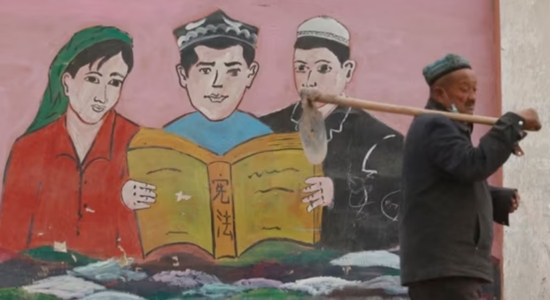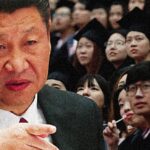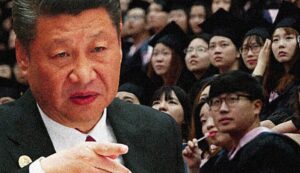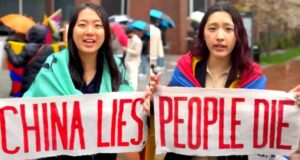
A new report on labor practices around the world published by the UN’s International Labor Organization discusses forced labor in Xinjiang and Tibet, including how rural workers are being transferred en masse into forced labor programs (“UN report: China expands forced labor in Xinjiang, Tibet,” VOA News,
Framed as “liberating” rural workers, the report said, this process has forced tens of thousands of Uyghurs, Tibetans and other ethnic minorities in Xinjiang and Tibet into industries such as solar panel production, battery manufacturing, seasonal agriculture and seafood processing under coercive conditions.
The 2025 report corrects errors in the 2022 ILO report, says Adrian Zenz of the Victims of Communism Memorial Foundation. The earlier report mistakenly “attributed all forced labor in Xinjiang to the internment camps.”
The current report, however, considers two major systems of slave labor in Xinjiang.
The first involves the mass arbitrary detention of Uyghurs and other ethnic minorities in VSTECs [vocational skills training and education centers], which have since transitioned to long-term imprisonment in regular prisons.
Released detainees from the centers, according to the report, are often subjected to forced labor in industries such as textiles and electronics.
The second system…involves the mass transfer of “surplus” rural workers into state-led labor programs, moving them away from traditional livelihoods into industries such as solar panel production, battery manufacturing, seasonal agriculture and seafood processing.
At the same time, Tibetans are being compelled to give up farming and other traditional means of making a living for jobs “in industries such as road construction, mining, or food processing, thereby diluting ‘the negative influence of religion.’ ”
Also see:
StoptheCCP.org: “Forced Labor and How to Fight It”











